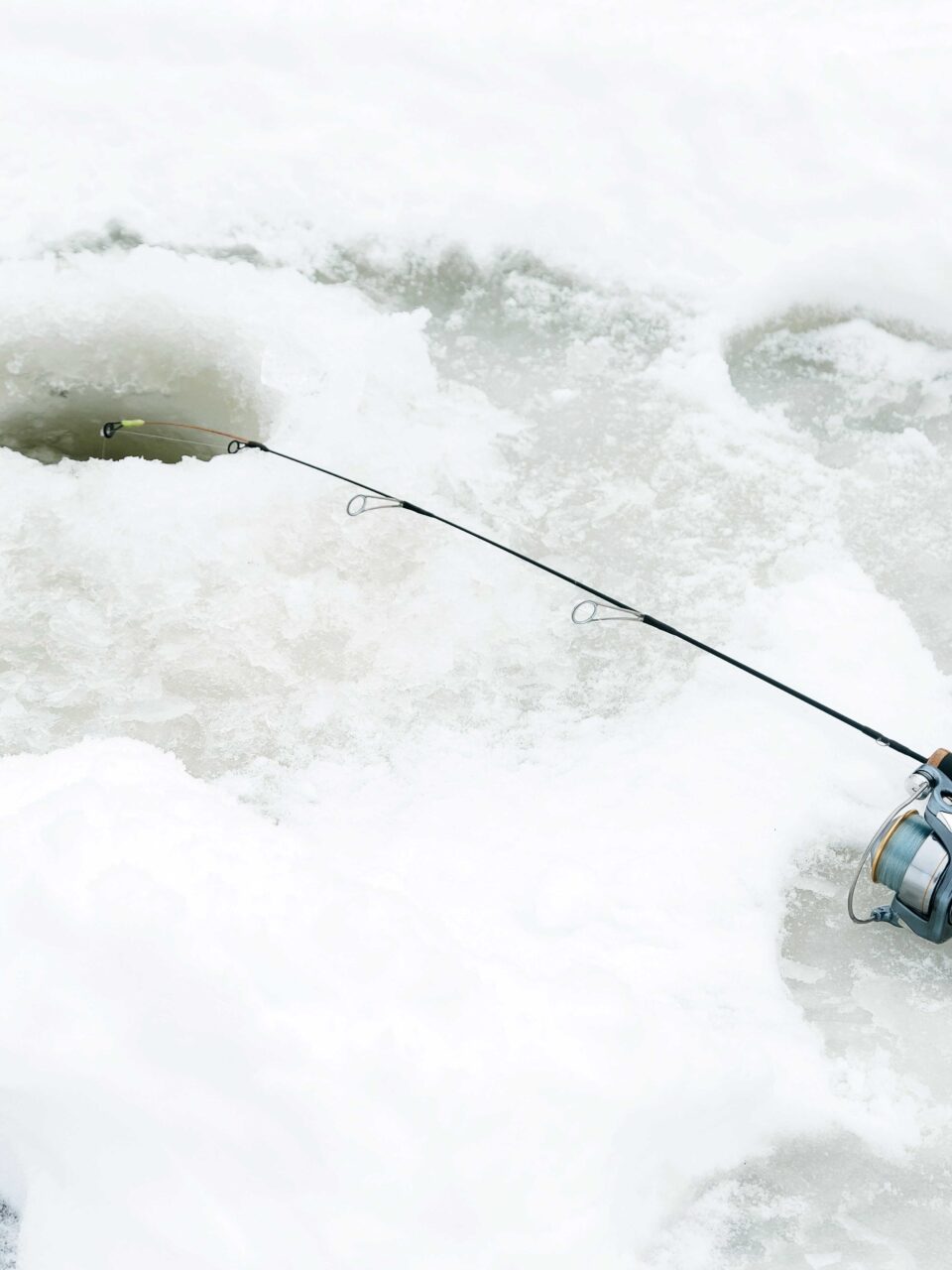The idiom ‘walking on (thin) ice’ is commonly used to express the precariousness of a given situation and often captures the essence of financial market fragility during times of stress and uncertainty. In fact, this label was used in a research endeavour by the quantitative financial firm Two Sigma in 2021 as one of four prevailing market states in a machine-learning derived regime detection model. [1] [i] Historically, the market was said to be ‘walking on ice’ in the time periods around crises, and times of high volatility. In other words, when the market is thought of as being fragile, such as, for instance, before and after the financial crisis in 2008, or intermittently during the Covid-19 pandemic (and subsequent recovery). Recent market commentary has echoed much of the same sentiment of market fragility, as fears of an imminent systemic banking crisis have emerged following the failure of Silicon Valley Bank (SVB) in the wake of a somewhat aggressive series of interest rate hikes by the US Federal Reserve.
Interestingly, prior to the failure of SVB, the risk of systemic breakdown was largely unknown, effectively hiding beneath the surface of the complex intertwined network that is the global financial system. However, this type of dynamic is far from unique in the financial world and has many parallels with the behaviour of ecosystems that are subjected to environmental shocks. For instance, consider the collapse of codfish stocks in the Atlantic Ocean in the 1990s [2]. In a simple equilibrium model – much like the supply and demand dynamics suggested in much of economic literature – cod populations may be expected to respond to fishing proportionally, by adjusting to a stable population level dictated by the balance between reproductive rates and amount of fishing. However, in reality, the cod population collapsed abruptly over a short time period in the early 1990s, which had devastating impacts on the Canadian east-coast fishing industry, ultimately leading to over 35,000 Newfoundland fishermen being out of a job and decimating the Atlantic ecosystem for decades.
In the case of the Codfish, the entire ecosystem underwent a regime-shift, which can often occur without advanced warning, and put the entire system in a new state of equilibrium that makes returning to the old ‘status-quo’ difficult. Within natural systems, this type of collapse is thought to be due to what is known as a fold bifurcation – nomenclature coming from the mathematical field of dynamical systems – which represents the degradation of the ‘region of stability’ around a current equilibrium, beyond which a regime shift can occur. Practically speaking, this means that when a system (like the codfish ecosystem) is pushed closer to this bifurcation ‘tipping point’ (for instance by increasing the amount of fishing), it will become less resilient, and more susceptible to shifting into a new regime if subjected to a shock.
While this concept is difficult to investigate in a scientifically controlled manner in real ecosystems, an MIT researcher named Jeff Gore [ii] has led the charge through a series of interesting research works dedicated to understanding the dynamics of ecosystems in deteriorating environmental conditions and directly measuring the presence of the fold bifurcation, largely in yeast populations. In one particular article in the journal Science from 2012 [3], Gore and colleagues were able to map out the predicted bifurcation in vitro, verifying and confirming the presence of many of the predicted features of the associated population dynamics: loss of resilience near the bifurcation point as well as the presence of ‘early-warning’ signals known as critical slow-down near regime shifts. In his continuing work, Gore has studied this behaviour rigorously in ever more complex ecosystems, including a recent article highlighting the presence of the same ‘early-warning’ indicators in rocky intertidal algae populations off of the coast of Italy. [4] All in all, this field of research has done an exceptional job of exhibiting just how these complex dynamics emerge in ecological systems.
In the financial world, insights from the world of dynamical systems theory and ecology provide an interesting lens with which to understand how many of the diverse market behaviours can come to pass. To continue the analogy, we can speculate that the recent sequence of interest rate hikes – in an effort to quell inflationary forces and improve overall economic health – pushed the economy and financial sector closer to a bifurcation point. This need not instigate a regime shift, but it can degrade the stability of the current status quo, making the system as a whole less resilient to shocks. The bank run on SVB, and its subsequent collapse, represents a shock to the system that was potentially close to kicking the markets into a new regime. More comprehensively, while financial systems can, at any point, shift into a crash regime, they are much more susceptible to do so when they have a degraded resiliency. However, unlike the elegant experiments by Gore and his colleagues, there is no clear way to easily study what features of a market can serve as indicators of this systemic risk. While we can hope that further work in this area is fruitful, for the time being we might be stuck walking on ice that we simply don’t know the thickness of, and – for the sake of caution – try to stay light on our feet.
REFERENCES
[1] A. Botte & D. Bao, “A Machine Learning Approach to Regime Modeling”, Two Sigma, 2021, https://www.twosigma.com/articles/a-machine-learning-approach-to-regime-modeling/
[2] M. Scheffer, S. Carpenter, J. A. Foley, C. Folke, & B. Walker, “Catastrophic shifts in ecosystems”, Nature, 2001, 4013
[3] L. Dai, D. Verselen, K. S. Korolev, & J. Gore, “Generic Indicators for Loss of Resilience Before a Tipping Point Leading to Population Collapse”, Science, 2012, 336
[4] L. Rindi, M. Dal Bello, L. Dai, J. Gore, & L. Benedetti-Cecchi, “Direct Observation of Increasing Recovery Length Before Collapse of a Marine Benthic Ecosystem”, Nature Ecology & Evolution, 2017, 1
FOOTNOTES
[i] Specifically, the researchers here used a Gaussian Mixture Model based on style premia and macroeconomic signals, to identify 4 distinct market states: Crisis, Steady-State, Inflation, and Walking on Ice.
[ii] Who, along with his biophysical research efforts, interestingly also leads an exuberant charge to abolishing the American penny through an organization ‘’Citizens to retire the US Penny’’, which he founded in graduate school.
DISCLAIMER:
This blog and its contents are for informational purposes only. Information relating to investment approaches or individual investments should not be construed as advice or endorsement. Any views expressed in this blog were prepared based upon the information available at the time and are subject to change. All information is subject to possible correction. In no event shall Viewpoint Investment Partners Corporation be liable for any damages arising out of, or in any way connected with, the use or inability to use this blog appropriately.

